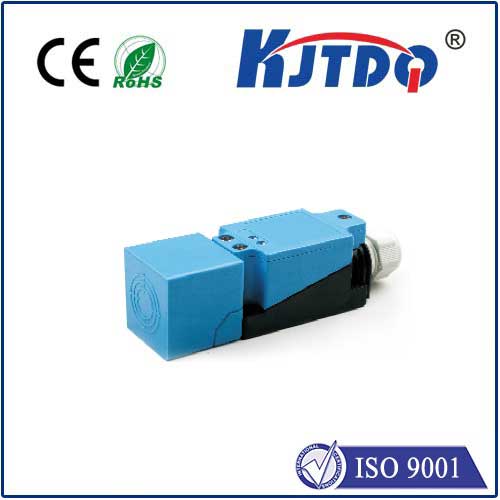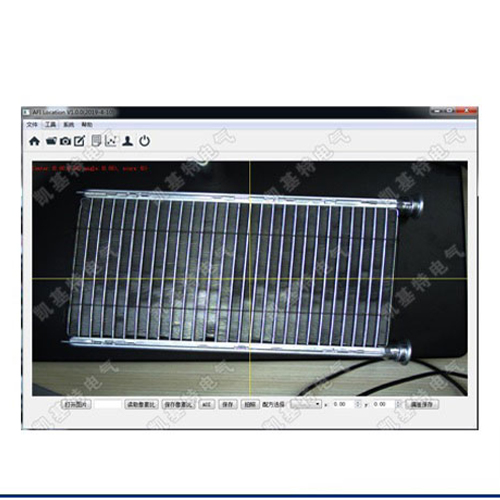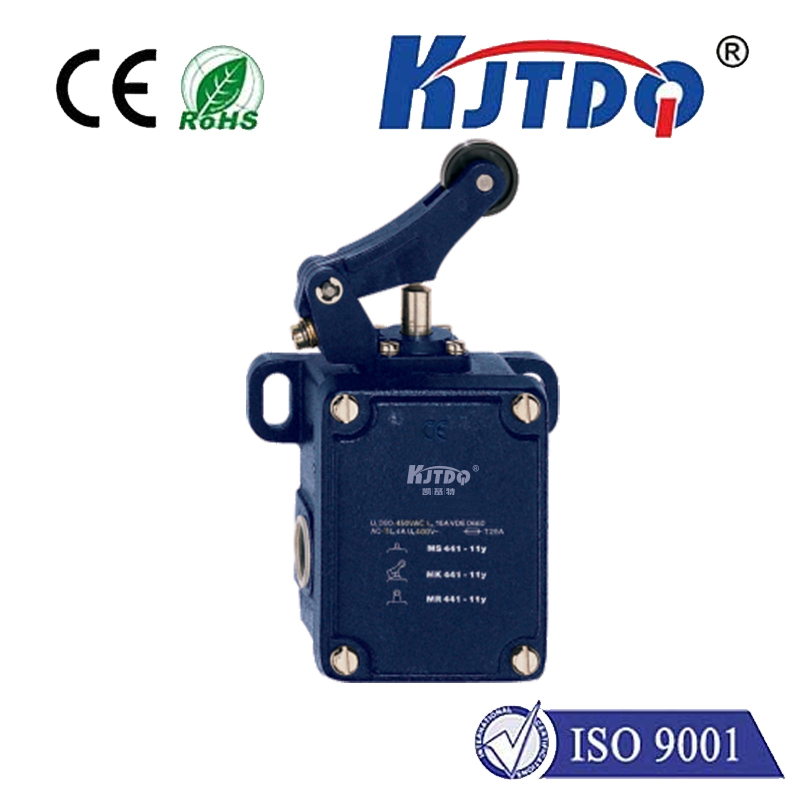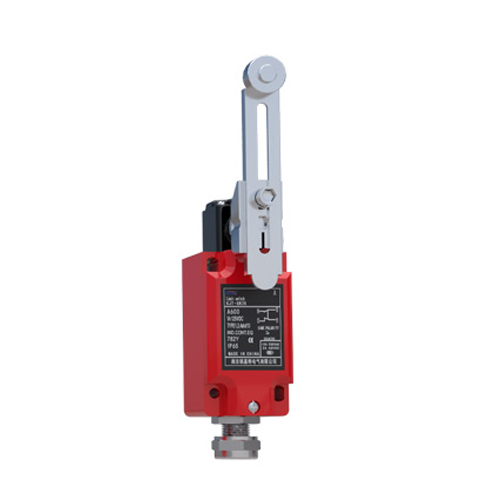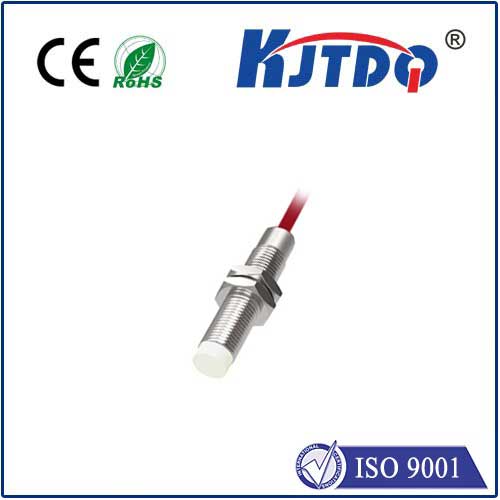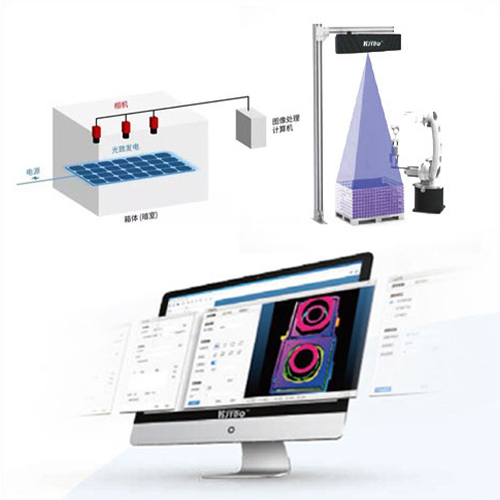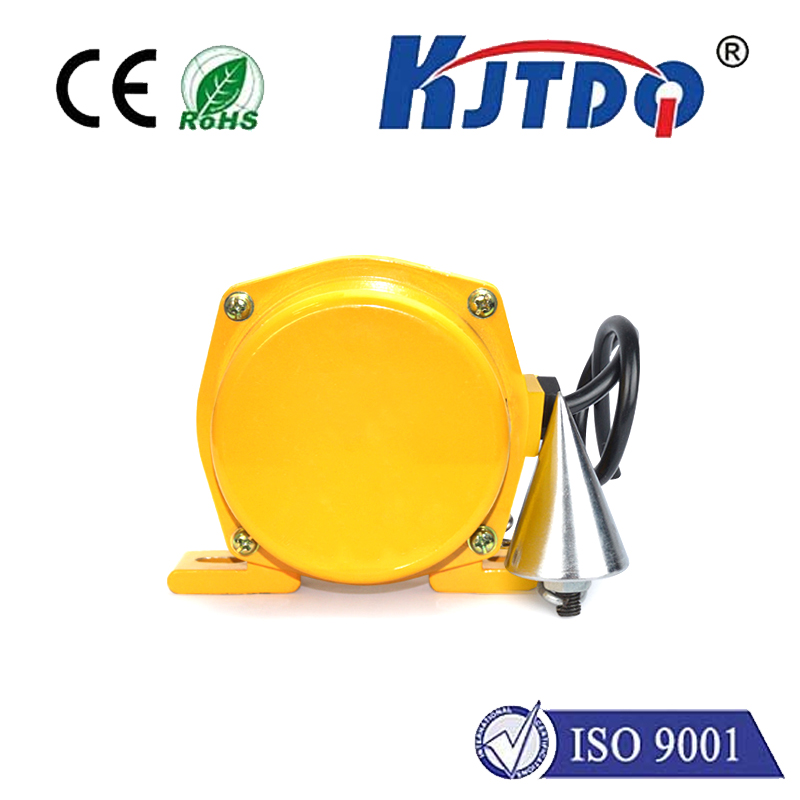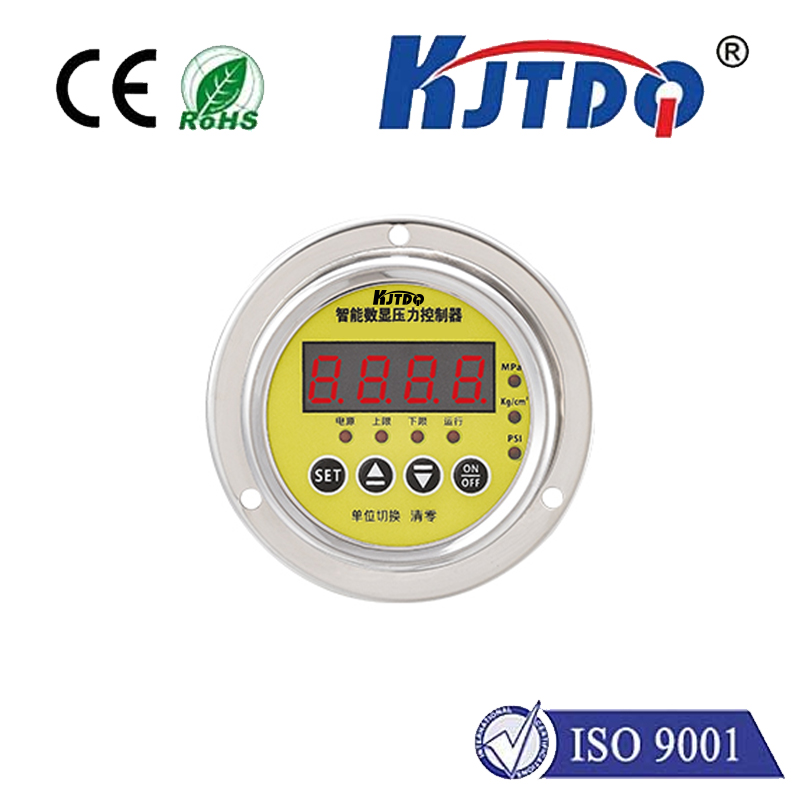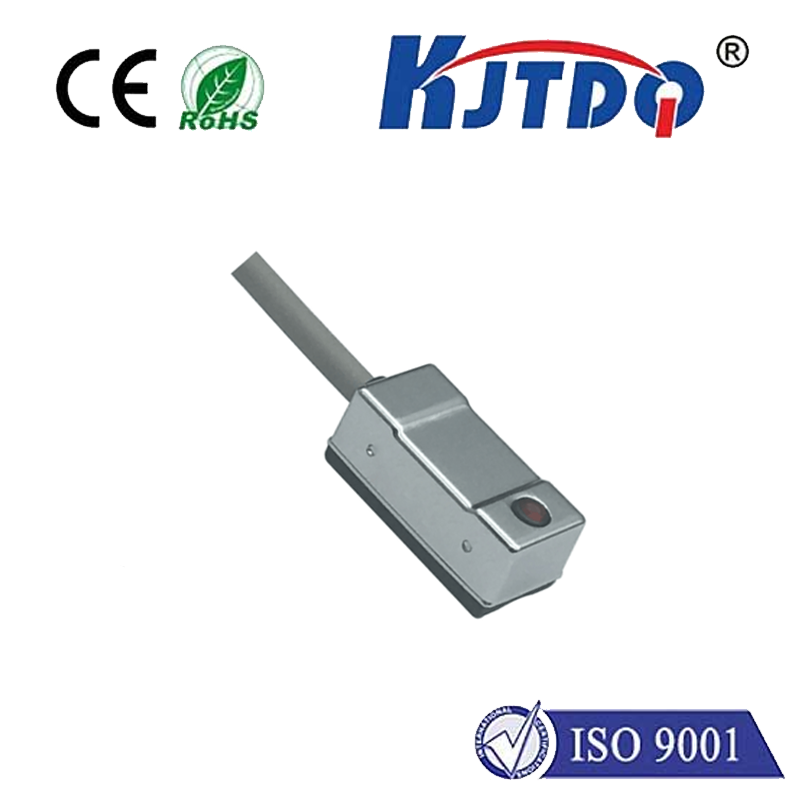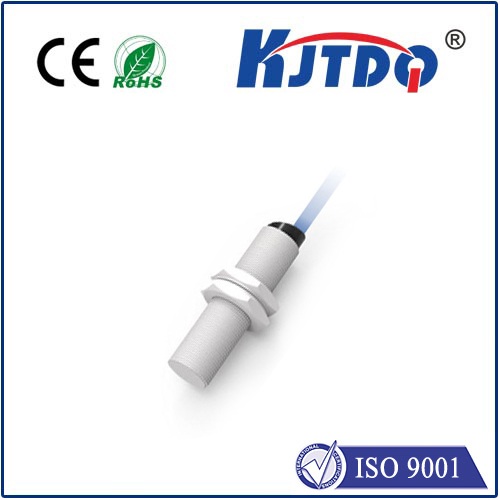fiber optic ph sensor
- time:2025-08-13 16:17:18
- Click:0
Fiber Optic pH Sensors: Revolutionizing Precision Measurement in Demanding Environments
Imagine needing to measure acidity deep within a living organism, inside a high-pressure chemical reactor, amidst strong electromagnetic interference, or across vast distances underwater. Traditional glass electrode pH sensors often falter in these demanding scenarios. This is where fiber optic pH sensors emerge as a game-changer, offering unparalleled capabilities for precise chemical sensing where conventional methods fall short. This optical technology leverages light as the information carrier, unlocking a new dimension of robustness and flexibility in pH monitoring.
Understanding the Core: Light Meets Chemistry
At its heart, a fiber optic pH sensor is an optochemical sensor. It doesn’t rely on electrical potentials like standard electrodes. Instead, it uses a specialized chemical coating (an indicator dye or receptor molecule) immobilized near or directly onto the tip of an optical fiber. This dye possesses a crucial property: it changes its optical characteristics – specifically its absorbance (color) or fluorescence (light emission) – in direct response to the hydrogen ion concentration ([H⁺]) of its surrounding environment, which defines pH.
The working principle involves a carefully orchestrated dance of light and chemistry:
- Light Launch: Light from a suitable source (LED, laser diode) is launched into one end of the optical fiber.
- Light Propagation: The light travels along the fiber core via total internal reflection.
- Chemical Interaction: At the sensor tip, this light interacts with the pH-sensitive indicator dye immobilized there.
- Optical Modulation: The interaction alters the light’s properties. For a colorimetric dye, the pH change causes a shift in the absorbed wavelengths, changing the color of the light transmitted or reflected back. For a fluorescent dye, pH may alter the intensity or wavelength (spectral shift) of the emitted fluorescence light.
- Signal Return: The modulated light signal travels back along the same or a separate optical fiber.
- Detection & Analysis: An optical detector (photodiode, spectrometer) measures the returned light. Sophisticated electronics analyze the changes in intensity at specific wavelengths or shifts in spectral peaks to calculate the corresponding pH value with high accuracy.
Key Components and Configurations:

- Light Source: Provides stable illumination (common choices: LEDs, laser diodes).
- Optical Fiber: Typically silica glass fibers act as the light conduit. Single-mode or multi-mode fibers are used depending on the sensing scheme.
- pH-Sensitive Layer: The critical element containing the indicator dye (e.g., phenol red, fluorescein derivatives) immobilized in a polymer matrix (like hydrogel, sol-gel) or directly bound to the fiber surface. This layer defines sensitivity, response time, and stability.
- Optical Transducer: The physical arrangement at the fiber tip that facilitates light-dye interaction (e.g., a thin coating on the fiber end, dye embedded in a porous bead attached to the tip, side-polished fiber sections).
- Detector: Converts the returned optical signal into an electrical signal.
- Signal Processing Unit: Interprets the detector’s output, often using ratiometric techniques (comparing intensities at different wavelengths) to eliminate noise and variations in light source intensity, providing a stable pH reading.
Why Choose Fiber Optic pH Sensors? Compelling Advantages
The shift to optical sensing offers distinct benefits, particularly where traditional electrodes struggle:
- Immunity to Electromagnetic Interference (EMI): Since they use light, not electrical currents, fiber optic sensors are completely unaffected by strong electromagnetic fields, high voltages, or radio frequency noise. This makes them ideal for industrial settings, near MRI machines, or power generation facilities.
- Intrinsic Safety: No electrical signals are present at the measurement site. Combined with the inert nature of silica glass, this eliminates risks of sparking or short circuits, making them perfect for hazardous environments like explosive atmospheres, fuel tanks, or chemical processing plants.
- Miniaturization and Remote Sensing: Optical fibers are thin and flexible. Sensors can be made extremely small (micrometers in diameter), enabling minimally invasive measurements in vivo (within biological tissues) or within microfluidic devices. The ability to transmit light over long distances (hundreds of meters to kilometers) allows the sensitive electronics to be located far from the harsh measurement point.
- Multiplexing Potential: Multiple fiber optic pH sensors operating at different wavelengths or on different fiber strands can be integrated into a single instrument, enabling simultaneous monitoring at different locations using one central unit.
- Durability in Harsh Conditions: Fibers are resistant to high temperatures, pressures, and corrosive chemicals (depending on the cladding and coating), outperforming fragile glass electrodes in demanding industrial applications or deep-sea environments.
- Fast Response Times: Optical measurements can be very rapid, especially with thin indicator layers, allowing real-time monitoring of dynamic pH changes.
- Lack of Reference Electrode: Unlike glass electrodes, most fiber optic pH sensors don’t require a separate, potentially problematic reference electrode, simplifying design and maintenance.
Diverse Applications: Where Light-Based pH Sensing Shines
The unique advantages of fiber optic pH sensing technology open doors across numerous fields:
- Biomedical & Bioprocessing: In vivo monitoring within blood vessels, tissues, or organs; real-time pH tracking in bioreactors for precise control of cell cultures and fermentation processes.
- Environmental Monitoring: Long-term, remote deployment for monitoring pH in oceans, lakes, rivers, groundwater, and wastewater treatment plants, even in deep or hazardous locations.
- Industrial Process Control: Continuous pH measurement inside aggressive chemical reactors, pipelines, mixing vessels, pulp & paper mills, and power plants, resilient to EMI, pressure, and corrosion.
- Food & Beverage Production: Ensuring consistent pH levels during production and storage without contamination risks.
- Microfluidics & Lab-on-a-Chip: Miniaturized sensors integrated into microfluidic channels for point-of-care diagnostics and biochemical analysis.
- Geochemical & Mining: Monitoring pH in tailings ponds, leaching processes, and subsurface environments.
Current Focus and Future Directions
While highly promising, fiber optic pH sensors still face challenges. Research actively focuses on:
- Enhancing long-term stability and lifetime of the indicator dye layer (preventing leaching or photobleaching).
- Improving selectivity to avoid interference from other ions or compounds.
- Reducing drift and calibration requirements.
- Developing robust, low-cost, and simple-to-manufacture designs.
- Creating multi-analyte sensors capable of measuring pH alongside other parameters (e.g., oxygen, CO2, temperature) on a single fiber platform.
Advances in nanomaterials, novel indicator chemistry, advanced polymers for immobilization, and sophisticated signal processing techniques like artificial intelligence are driving significant progress. The integration of these sensors into the Internet of Things (IoT) for remote, wireless environmental and industrial monitoring represents a major growth trajectory.
Conclusion: Illuminating the Path Forward
Fiber optic pH sensors represent a powerful paradigm shift in chemical measurement. By harnessing light rather than electricity, they overcome critical limitations of traditional sensors, offering unparalleled capabilities for reliable, accurate, and remote pH monitoring in the most challenging environments imaginable – from the depths of the ocean to the heart of living tissue












